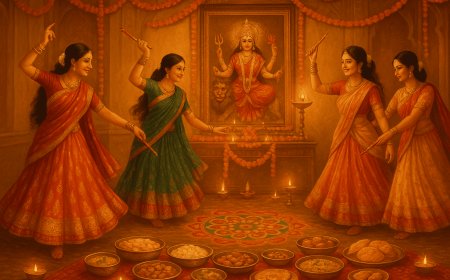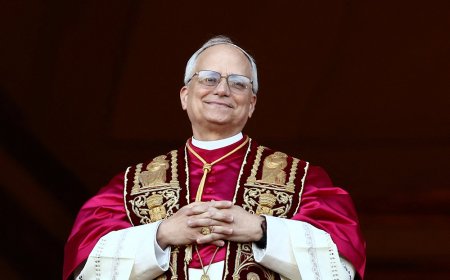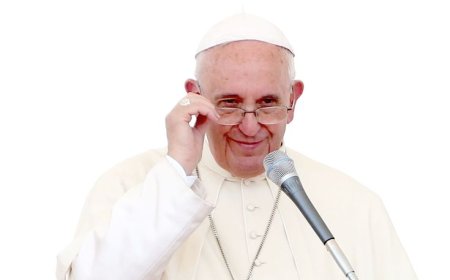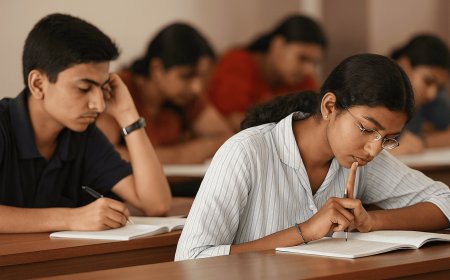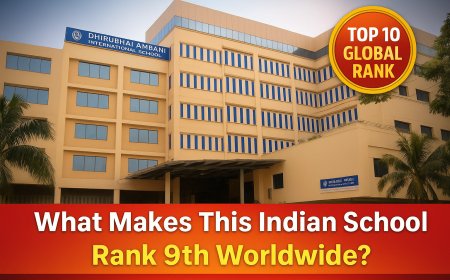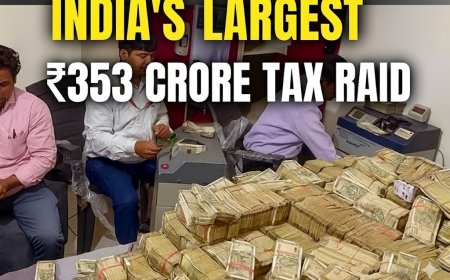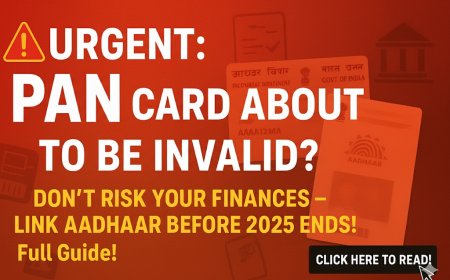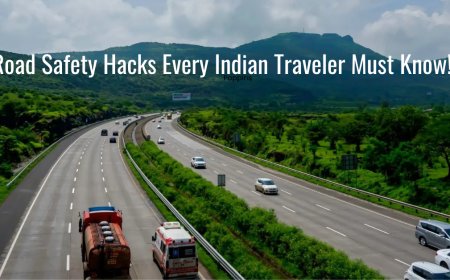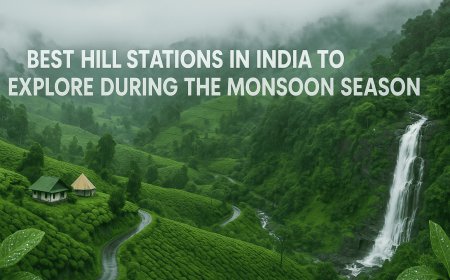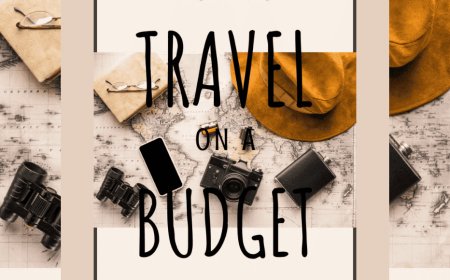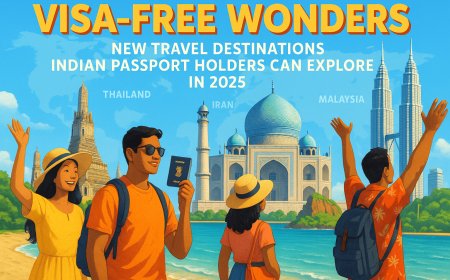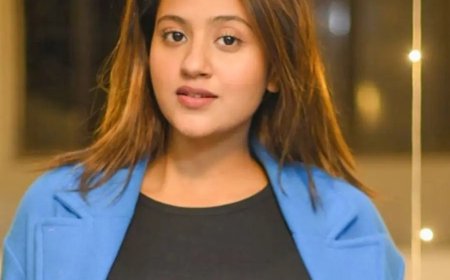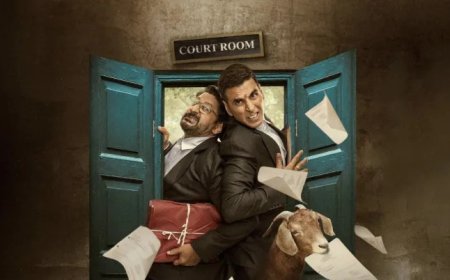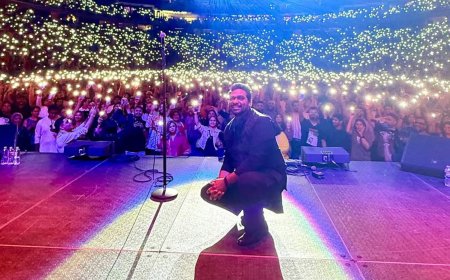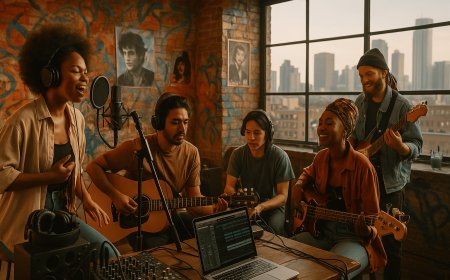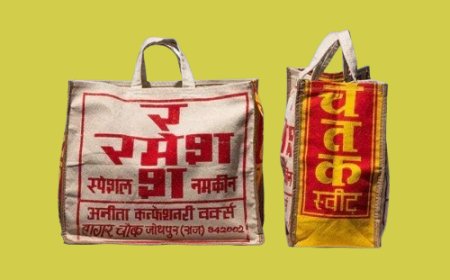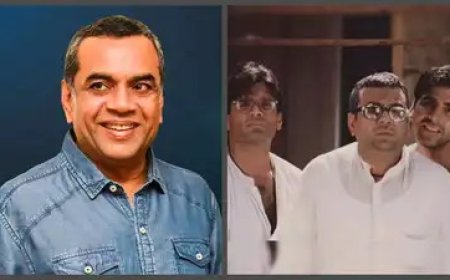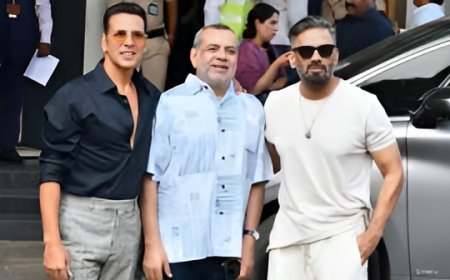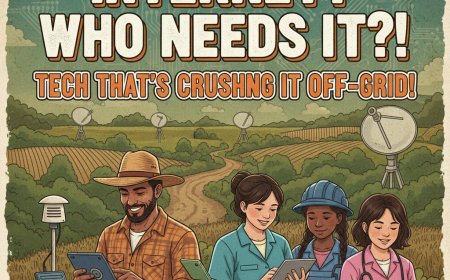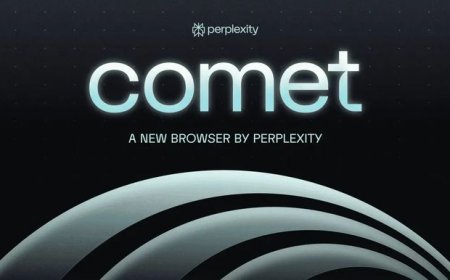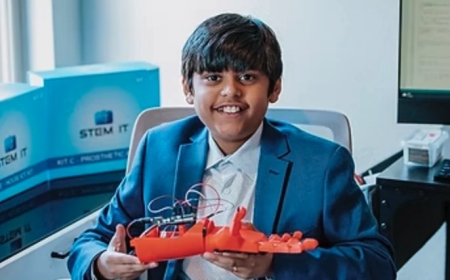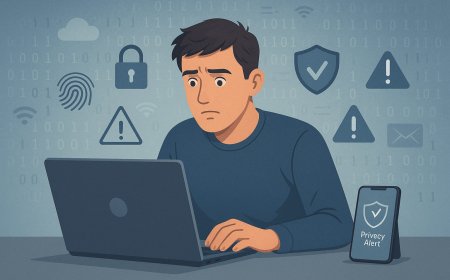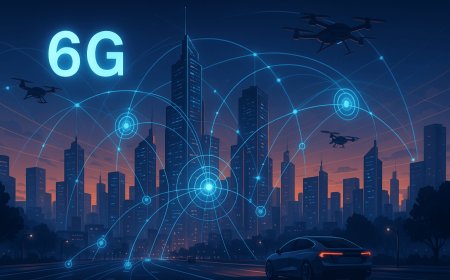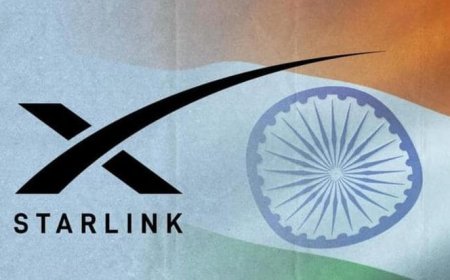US Travel Ban for Indians? Visa Cancellations, New Rules & Immigration Shifts Explained
Discover why the US is cancelling Indian visas, new immigration rules, travel bans, and what it means for future Indian travelers to the US.
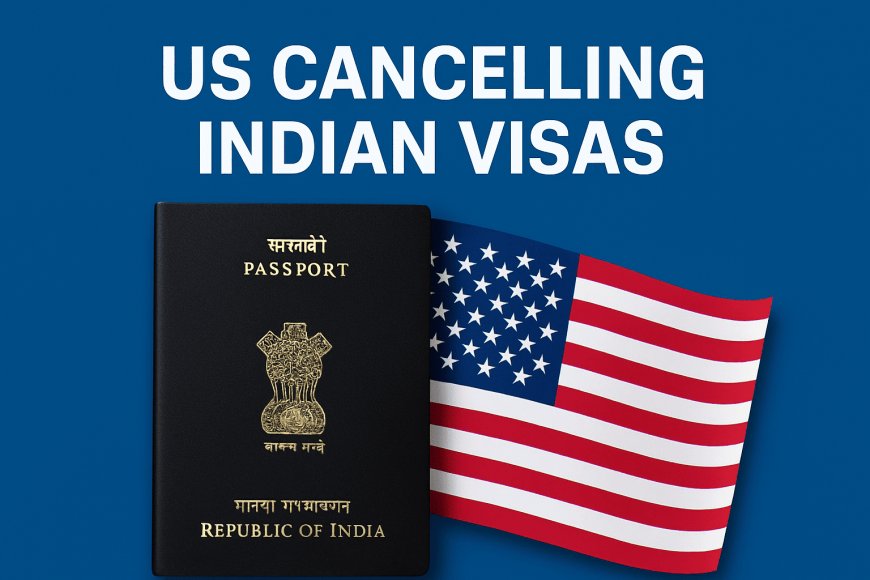
A sudden wave of visa appointment cancellations by the US Embassy in India has created confusion and concern among many Indian travelers. Over 2,000 visa appointments were canceled without clear explanations, affecting students, professionals, and families who were preparing to travel to the United States. This unexpected move has raised several questions: Is there a travel ban to the US from India? Are permanent Indian visas no longer being issued? What changes are being made to US immigration policies, and how will they impact future travel plans? Here's a simple breakdown of what's happening.
The Buzz Around the Ban
There’s a growing concern among Indian travelers about a permanent visa ban to the US. While the US government hasn’t outright said, “No more Indians allowed,” there are signs that visa policies are becoming stricter — especially after a recent wave of illegal immigration cases involving Indian nationals.
In the last year, more than 96,000 Indians were caught illegally crossing into the US, mainly through the Mexico border. Many of them were escaping poverty or looking for better opportunities, but they took risky, unauthorized paths. Unfortunately, these incidents have painted a negative picture of Indian immigration in the eyes of US lawmakers.
Time-Bound Visas & the End of "Permanent" Options
Let’s clear a common misconception — there is no such thing as a “permanent visa” in the US. Most visas are temporary and time-bound, such as:
-
B1/B2 (Tourist & Business): Usually valid for 10 years but requires return proof after each trip.
-
H1-B (Work Visa): Valid for 3 years, extendable up to 6.
-
F1 (Student Visa): Tied to your course duration.
-
L1, J1, etc.: All have expiration dates.
The only real “permanent” status is the Green Card (permanent residency), and even that comes with strict eligibility and renewal conditions.
So when people say “Permanent Indian visas are banned in the US”, what’s really happening is this: the pathway to long-term immigration (like Green Cards and visa extensions) is becoming narrower and more difficult — especially for Indians.
The Citizenship Clause & Birthright Citizenship
You may have heard of the 14th Amendment in the US Constitution. It grants citizenship to anyone born on American soil, even if their parents are not citizens. For years, many Indians traveled to the US during late pregnancy to give birth there, giving their children automatic citizenship.
But that loophole is now being scrutinized.
Recent policy talks in Washington have discussed reforming the Citizenship Clause, aiming to remove automatic citizenship for children born to undocumented or temporary visitors. If passed, this could drastically reduce the number of Indians trying to move to the US via the “birth tourism” route.
The New 30-Day Rule – What Is It?
Here’s a new rule that has stirred even more confusion: the 30-Day Rule for Immigration.
As per this guideline, if you enter the US on a temporary visa (like B1/B2 or F1) and try to change your status (like marrying a US citizen or applying for a work visa) within the first 30 days, your intentions will be questioned.
In plain words: If you land in the US and try to change your visa status too quickly, you may be accused of misusing the visa, and risk getting banned or deported.
So, if someone plans to "enter as a tourist but stay for work," they’d better rethink. This rule is meant to prevent people from tricking the system.
Visa Appointment Chaos
The US Embassy in India Visa Appointment Changes have created a mess. Some key issues include:
-
Mass Cancellations: Over 2,000 appointments were suddenly scrapped, mainly in Delhi and Mumbai.
-
No Clarity: Applicants weren’t told why, and rescheduling has been tough.
-
New Rescheduling Rules: The US Embassy India Visa Reschedule Rules now require stricter documentation, longer wait times, and in some cases, fresh fees.
What’s Fueling These Changes?
There are a few main reasons behind these tighter rules:
-
Rising Illegal Immigration: Many Indians, especially from Punjab and Gujarat, are entering the US via Mexico, often using fake documents.
-
Visa Fraud Rings: Some agents are giving false promises, fake job offers, or fake college admission letters.
-
Security Concerns: Post-COVID, the US has become more cautious about who enters and why.
-
Election Politics: With elections on the horizon, immigration is a hot topic in the US, and being “tough” on immigration earns political points.
Deportation on the Rise
Unfortunately, the number of Indians being deported from the US is increasing. In 2024 alone, more than 5,000 Indians were sent back due to:
-
Overstaying their visas
-
Working without permits
-
Faking asylum claims
If caught, they not only get deported but also banned from re-entering for up to 10 years.
What You Can Do
If you're planning to go to the US, here’s what you must do to stay safe and legal:
-
Apply honestly: Never lie or use fake documents.
-
Stay away from unreliable agents: If an offer seems too good to be true, it most likely is.
-
Respect timelines: Don’t overstay or try to switch visa types too soon.
-
Stay updated: Follow official announcements from the US Embassy in India — not just social media rumors.
Conclusion: Is the Dream Over?
Not exactly. The travel ban to the US from India is not official — yet. But it's clear that things are changing fast. The rules are tighter, the screening is tougher, and the US is closely watching Indian immigration like never before.
So if you’re dreaming of a new life in the US, the journey is still possible — just more complicated. Keep your documents real, your intentions clean, and your timeline legal.
And remember, the American Dream is still alive — but only for those who follow the rules.
What's Your Reaction?
 Like
0
Like
0
 Dislike
0
Dislike
0
 Love
0
Love
0
 Funny
0
Funny
0
 Angry
0
Angry
0
 Sad
0
Sad
0
 Wow
0
Wow
0
